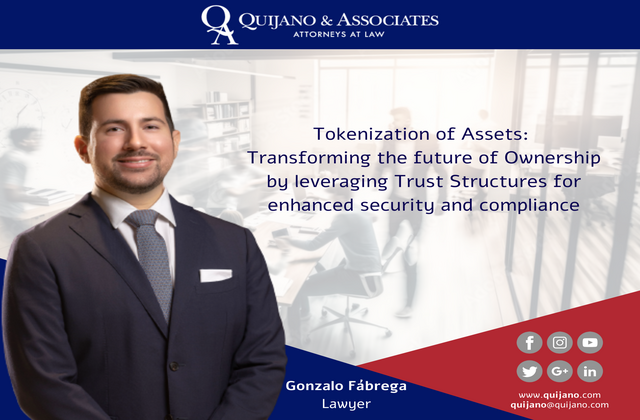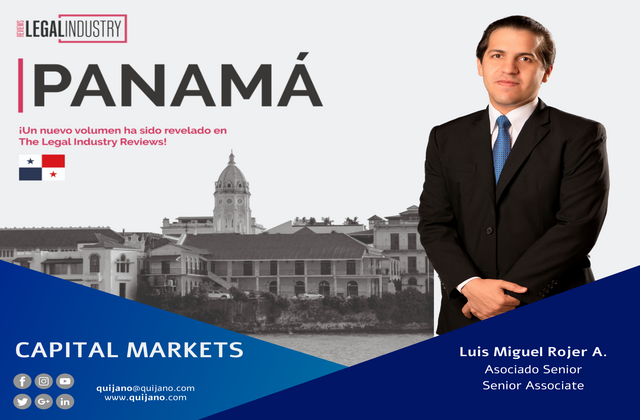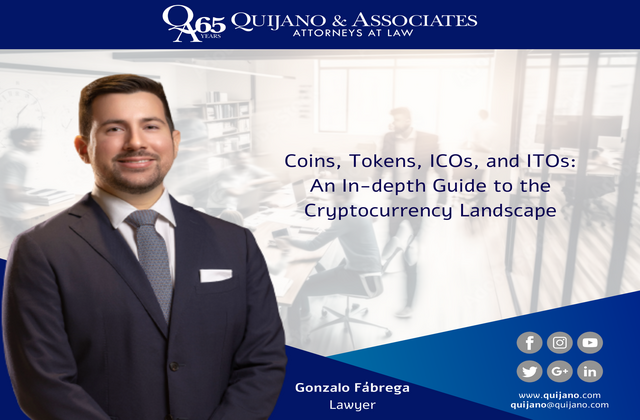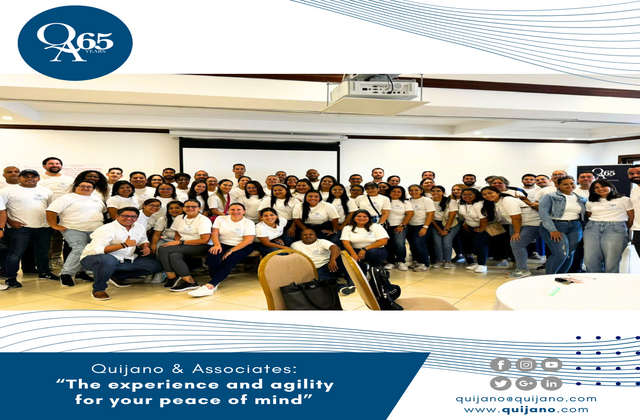Tokenization of Assets: Transforming the future of Ownership by leveraging Trust Structures for enhanced security and compliance

The advent of blockchain technology in recent years has completely changed the financial landscape by opening up new opportunities for the smooth transfer and management of digital assets. The process of tokenizing assets is one of the most fascinating innovations brought about by blockchain. Real-world assets, like real estate, works of art, and even intellectual property, can be represented as digital tokens on a blockchain network thanks to tokenization. This article will examine the idea of asset tokenization, its advantages, and its possible effects on a number of industries. We’ll also look at how trusts can be extremely important in assuring security, compliance, and efficient management.
Asset tokenization refers to the process of converting ownership rights or assets into digital tokens that can be securely stored, transferred, and traded on a blockchain. Each token is worth a portion of the value of the underlying asset, enabling fractional ownership and improving liquidity. The tokens are typically created using blockchain protocols like Ethereum, which provide the necessary infrastructure for smart contracts and decentralized applications. Tokenization enables fractional ownership, breaking down traditionally illiquid assets into smaller units. This opens up investment opportunities for a broader range of investors, as individuals can purchase fractions of high-value assets that were previously inaccessible. Through tokenization, assets that were once exclusive to a select few, such as high-value real estate or rare artwork, can now be divided into digital tokens, allowing anyone with internet access to participate in their ownership or investment. Also, asset tokenization streamlines the transfer and settlement processes, reducing the need for intermediaries and associated costs. Smart contracts facilitate automated compliance, governance, and revenue distribution, reducing administrative burdens.
Now, while asset tokenization presents numerous opportunities, it is not without challenges. Panama’s current regulatory framework lacks specific guidelines for cryptocurrency and blockchain-related activities, including asset tokenization. This regulatory ambiguity poses challenges for businesses and individuals looking to engage in tokenization projects. Additionally, in Europe, the European Council Regulation on markets in crypto-assets (MiCA) has recently been introduced. MiCA aims to establish a comprehensive regulatory framework for cryptocurrencies and digital assets, including tokenization. It sets out rules and requirements for issuers, service providers, and asset tokenization platforms operating within the European Union. MiCA is designed to enhance consumer protection, foster market integrity, and provide legal clarity to facilitate the development of digital asset markets. Also, according to the Pew Research Center, “(75%) of (…) all US adults (…) say they are not confident that current ways to invest in, trade or use cryptocurrencies are reliable and safe.”1 There has recently been a rising interest in the utilization of Trusts in the tokenization of assets. Trust structures have long been used to safeguard and manage assets, providing legal and fiduciary protection. When integrated with asset tokenization, trusts offer several benefits, such as enhanced security via the provision of a legal framework that safeguards the tokenized assets. By giving the trust ownership of the assets, a dependable person known as the trustee is in charge of holding them. The security of investors’ funds is ensured by this arrangement, which lowers the possibility of loss, theft, or misappropriation of the digital tokens. Because trusts have a fiduciary duty to work in the beneficiaries’ best interests, they also offer investors an additional layer of protection. Investors can trust that the investment structure is legitimate when assets are tokenized within a trust. The trust’s governance and supervision procedures help safeguard investors’ rights and guarantee adherence to legal requirements.
In conclusion, asset tokenization has the ability to transform the idea of ownership and transform established financial markets. By leveraging blockchain technology, asset tokenization offers increased liquidity, accessibility, and efficiency across various industries. With proper implementation, asset tokenization can unlock new investment opportunities and pave the way for a more inclusive and efficient financial ecosystem. However, to ensure security, compliance, and effective management, trust structures and strong regulatory mechanisms can play a crucial role in the tokenization process. Trust structures, coupled with robust regulatory frameworks like MiCA, offer security, compliance, and effective management solutions for tokenized assets.Trusts offer enhanced security, investor protection, compliance with regulatory frameworks, and professional management. As the tokenization of assets continues to gain traction, integrating trusts can provide investors and asset owners with confidence, legal protection, and effective asset management.




